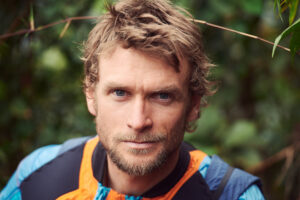Home Story Beyond The White Room
Beyond The White Room
Feature type Story
Read time 7 min read
Published May 05, 2021
Author Tim Howell
Photographer Tim Howell
Story | Tim Howell Photography | Francesco Guerra
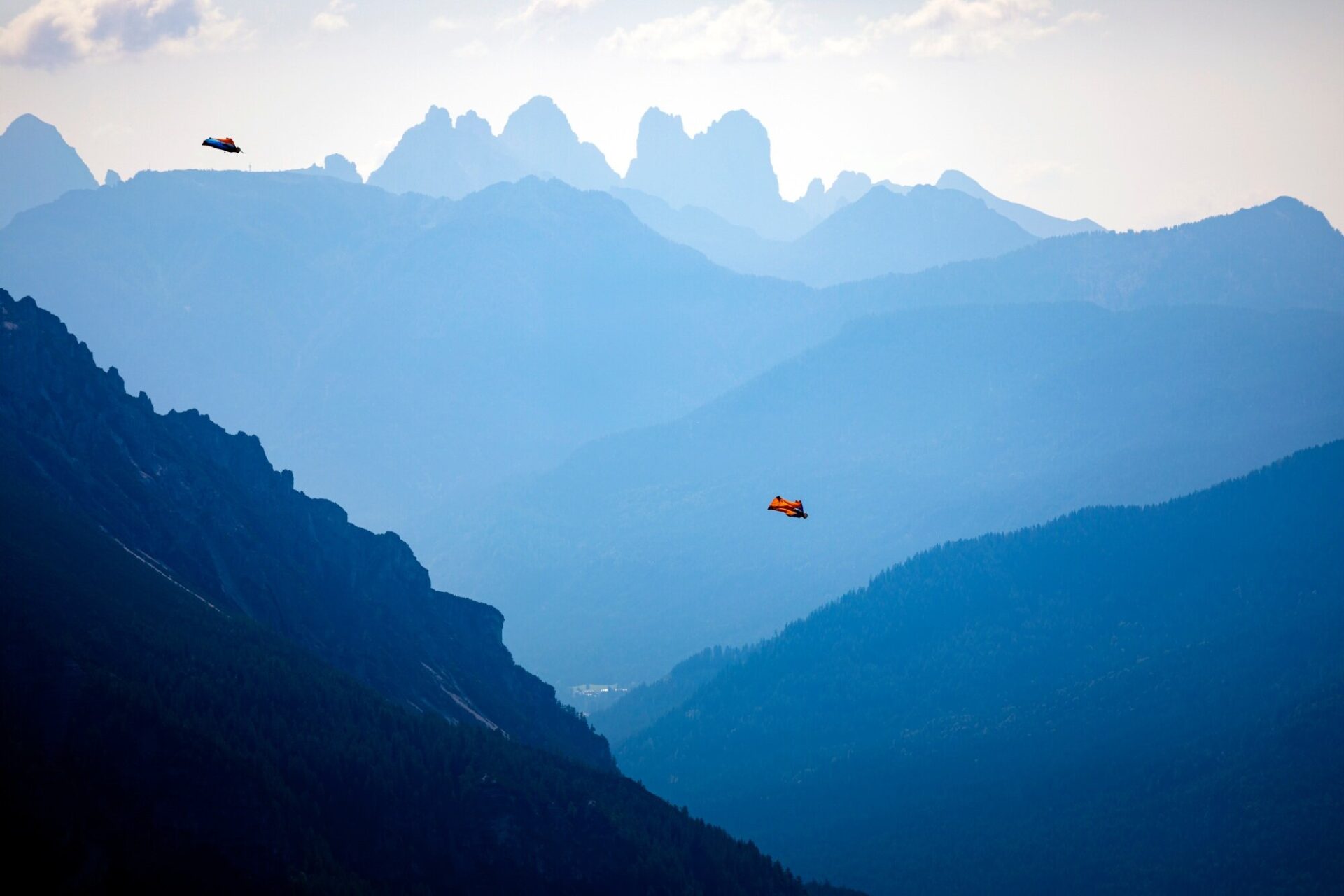
Jumping from Pomagagnon with the early morning blue haze over the town of Cortina, the capital of the Italian Dolomites.
The lack of travel and the enforced restrictions on it, drastically changed the outlook of 2020. Normally my calendar is filled with ideas and trips abroad, the outcome often being traveling for days on end to remote corners of the world to perform a forty second wingsuit flight. For me, the sense of achievement of being the first person to fly a wingsuit in a particular country is worth the amount of training and experience required to be able to pull it off. Planned expeditions all around the world in 2020 were cancelled, so my goals had to become more localised. It gave me time to focus on training that needed time and dedication. It also gave me time to explore my surrounding area of the western Alps a little more; to tick off those big routes or BASE jumps I had previously overlooked. I’ve been climbing and BASE jumping in the Alps for ten years now but it was time to go off the beaten path, to explore the more esoteric areas for my adventures. I’ve always had the chance to explore locally but I’ve never given myself the opportunity to do so. The pandemic was the perfect excuse.
I’m fortunate enough to live in Geneva, where we have a whole host of Swiss, French and Italian mountains to explore just beyond the doorstep; a little further out east is South Tyrol. There is something about the Dolomites that appeals to me; the torturous military history as well as the legendary alpinists who have climbed there combine to make the place something really special. The amazing limestone formations of rock towers, pinnacles, gorges and sheer faces form an almost otherworldly landscape. The pocketed smooth holds and pitons from yesteryear speak of a climbing era long gone, and in many ways more adventurous than the current. For a climber and a wingsuit pilot there are few better places to seek the next level.
BASE jumping means jumping from a fixed object using a parachute; in this case we would be jumping from cliffs. When we don the wingsuit we are able to gain a glide ratio of up to 3:1 [meaning that the pilot can travel 3 metres forward for every 1 metre of descent] gliding at speeds of up to 120mph. We are in full control of the flight, the speed, glide ratio and of course direction.
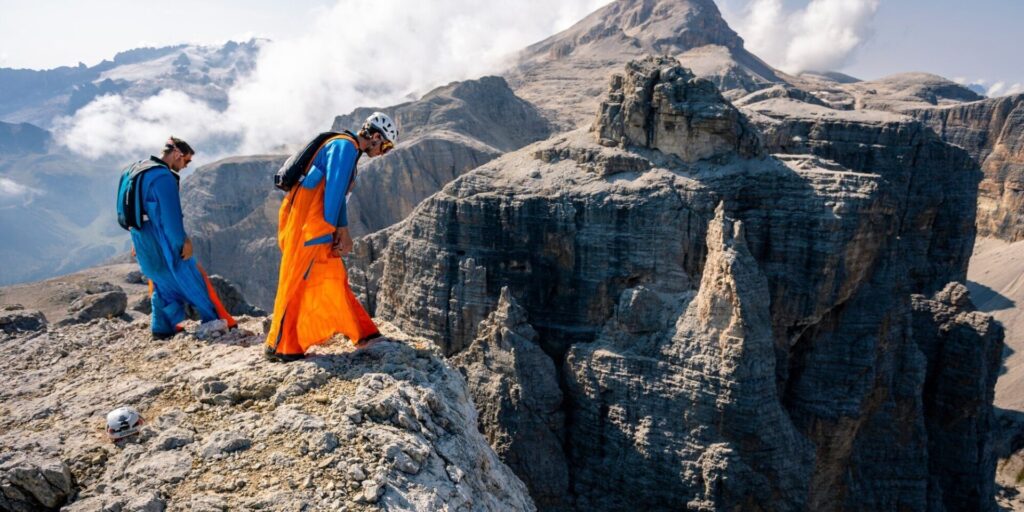
Chatting over exit positions and our flight plan before I follow Ed from the exit point at Piz D’Lec
As we reach the end of our flight we increase our glide ratio which in turn decreases our horizontal and vertical speed, and then deploy our parachutes, landing safety in the fields below.
The wingsuit also gives us the benefit of being able to stash any gear we need for the ascent to reach the exit point. The wing in between my arm and legs is a layered fabric that inflates and pressurises. It gives us plenty of room to store extra kit like ropes, climbing hardware and clothes. Climbing a big route and then descending via BASE jumping has always been a way to combine my two favourite sports. It of course brings up more technical questions and more experience is needed to be able to pull off a successful ascent and descent.
BASE jumping is already a niche sport, and when you combine it with rock or alpine climbing – a discipline that’s become known as para-alpinism – there are really only a handful of people worldwide who engage in objectives of this nature. There are so many variables when trying to plan an objective like this, and it’s very likely that the risk factor is simply too big to attempt the jump. If, for example, there is too much wind on the summit of the route and the exit point, then the jump must be abandoned. I’ve spent days traveling across the world for a short wingsuit flight, but we always want the reward to be worth the risk. If one variable is out of place, days of effort and planning can be wasted, because until you’ve landed safely from a jump, you don’t know if it’s possible to land safely at all.
Conditions in the Dolomites are often unstable in summer, with regular afternoon showers and thunderstorms. Fast and light is always our mantra in alpine terrain, and even more so when you know there is a possibility of an approaching thunderstorm. Our main goal of the trip was to climb the Vajolet towers, involving four pitches of sustained rock climbing to reach an exit point on the summit of the tower. We spend a lot of our free time constantly updating and comparing weather forecasts and so we were confident on a good weather window at the end of the week. This gave us time to train; get a few multi pitch climbs in, and also get a few flights from more well known exits in the area.
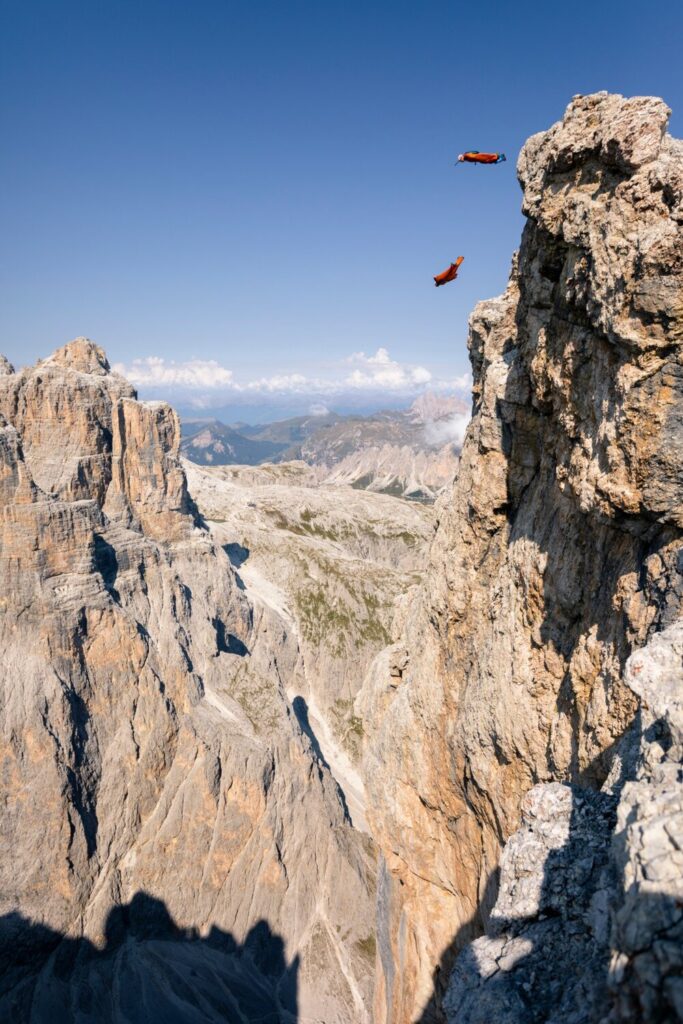
Making a two way jump from the summit of Piz D’Lec I followed Ed through the narrow gorges that lead to the Alpine meadows and ski lifts below.
Until you’ve landed safely from a jump, you don’t know if it’s possible to land safely at all
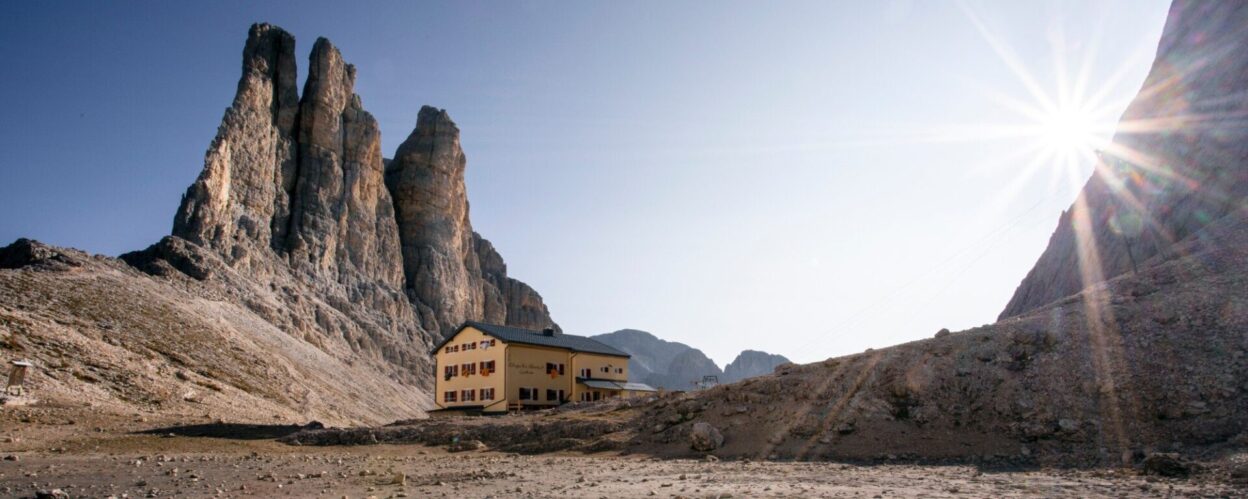
The striking triple spires of the Vajolet Towers, one of the most distinctive mountains in the Dolomites and the location of the expedition described in this feature.
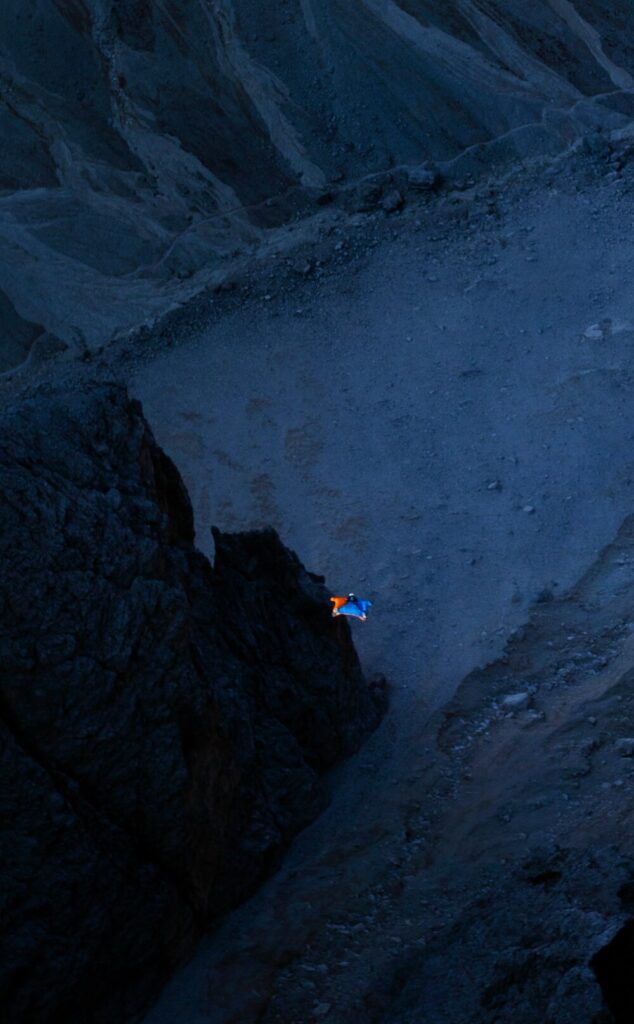
Into the shadows: a successful flight from the Vajolet Towers after completing the Southwest Ridge route on the Delago Tower.
The clouds are dense, completely covering our landing far below. It’s now a waiting game: we are in the white room
I carefully choose only the exact gear we need, as any extra equipment would be an encumbrance on the flight. We look in detail at the weather forecast, the direction of the wind on exit and landing, examining the terrain to understand where low-lying clouds might build up and where the wind might funnel through. We are then able to plan the path of our flight. I always put in maximum effort into getting to the exit, with smooth, efficient climbing and quick access to the start of the climb. This gives us the biggest weather window available at the summit.
After a night’s camping beside our car, we park in a desolate, almost deserted alpine village, and start the steep hike up the valley. The path leads through a steep gorge but looking up at the narrowing gorge it seems unpassable. Soon, the winding track carefully finds a way through the limestone boulders and up to a mountain refuge. An alpine lake now sits next to the hut; a muddy puddle that used to mirror the silhouette of the three towers when it was covered in ice. The Southwest Ridge is a popular route, and we want to be the first on the summit, as we fear the clouds may start to form as the midday heat hits the dewy alpine meadows below. A quick scramble takes us to the base of the climb, and an opportunity to pass another team gearing up at the bottom. We are climbing as a three, so want to be as efficient as possible. The first pitch delicately climbs the south face. On the second pitch, the exposure really hits. I step off my belay ledge, and am immediately hit by the 300m exposure of the north face. I now take mental measurements of the wind as I look out to the valley, and take note of my flight plan for the first time. The rock quality has been impeccable on the whole route until we reach the summit; here, chunks of limestone hang delicately in balance, waiting to fall to the scree far below. We placed down our gear, scanning the small uneven summit to figure out where each one of us can gear up. The exit point for the jump is obvious: we find a clear sight down the north face, with no ledges or blind corners. We have nothing but clear mountain air for 300 metres.
I’m very precise and careful when I gear up for a wingsuit BASE jump. There are many moving parts to the system, and I’m delicately perched on a pedestal a very long way above the ground. There are lots of layers of preparation to ensure a safe jump, and a carefully planned sequence enables us to carry all our hardware and rope. The process takes time, but I don’t want to rush; gearing up gives me time to think over the flight and rest my mind.
The clouds have started rising in the valley below, just as predicted. By the time we are geared up the clouds are dense, squeezing through the col to our left and spilling into the valley below completely covering our landing. It’s now a waiting game: we are in the white room.
Our gearing up positions have given us a natural jumping order. We wait eagerly. As soon as the clouds dissipate, John zips his arm and leg wings, gives me a quick nod and jumps into the shadows of the north face. With little warning, Ed jumps next to make the most of the cloud-window. I shuffle down onto the exit point; a few people have summited the route now. I can feel their eyes on me, but I’m in the zone, focused on the perfect body position, and a good, strong push into the dead air.
I take a deep, calming breath, count down from three, and push off. My exit isn’t as stable as I would have hoped, more of a nuisance than a malfunction. The climbing rope digging into my hip possibly caused some instability. I fly over the mountain restaurant where we will shortly be ordering beers. After a forty second flight, I change my angle of attack, which slows my forward speed. I close the arm wing and reach for my pilot chute. I throw it out into clean airspace away from my burble [the area of turbulence created by the wingsuit]. It inflates and then, in turn, pulls out the main parachute, a life-affirming snap as I check the canopy is fully inflated above my head.
I instinctively unzip my arm and leg wings and take full control of the canopy. I spot Ed and John and try to figure out the prevailing wind in the field. I want to land into the wind, preferably not scaring the horses in the field, or indeed landing in a pile of their manure, but I’ll take the soft landing if it comes to it.
The landing is uneven, on soft, wet grass; the same grass that created those clouds. Smiling from ear-to-ear, we share our success; we’d made the right decisions, and pulled off another excellent flight. With our parachutes stashed, we head to the restaurant for a well-earned alpine beer. The owner had seen us in flight, and was smiling more than we were.
Looking back at 2020, I clocked up a lot less air miles than ever before, but accomplished much more than in 2019. In many ways, the local perspective forced by the pandemic was a blessing in disguise, allowing me to focus on the big adventures that lie just outside my front door.
Don’t miss a single adventure
Sign up to our free newsletter and get a weekly BASE hit to your inbox
You might also like
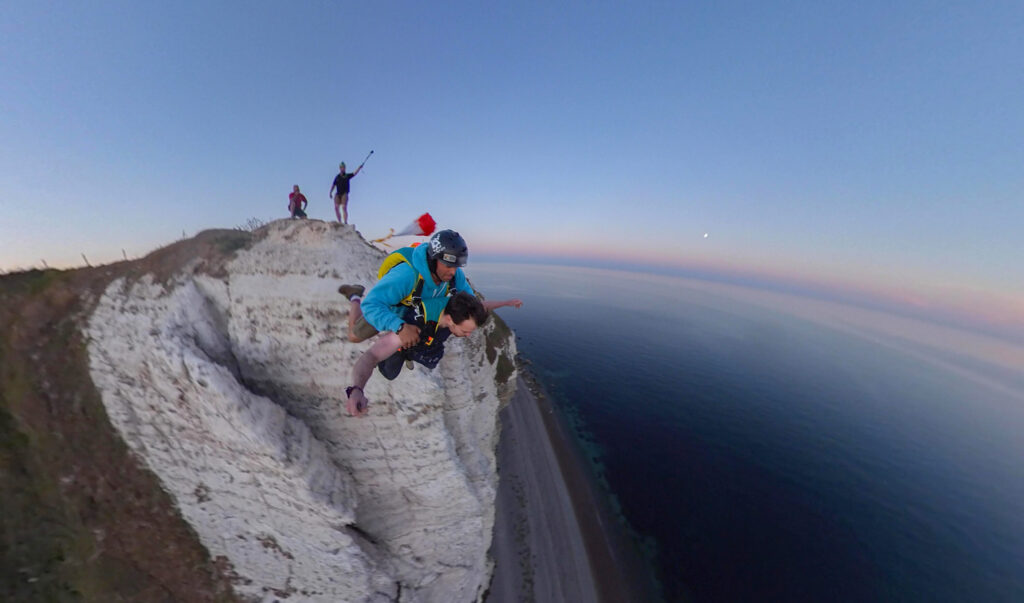
Story • Dave Gallagher • Oct 19, 2022
Double or Nothing: The UK’s First Tandem BASE Jump
Making history back at the location of the first UK cliff BASE jump 40 years ago
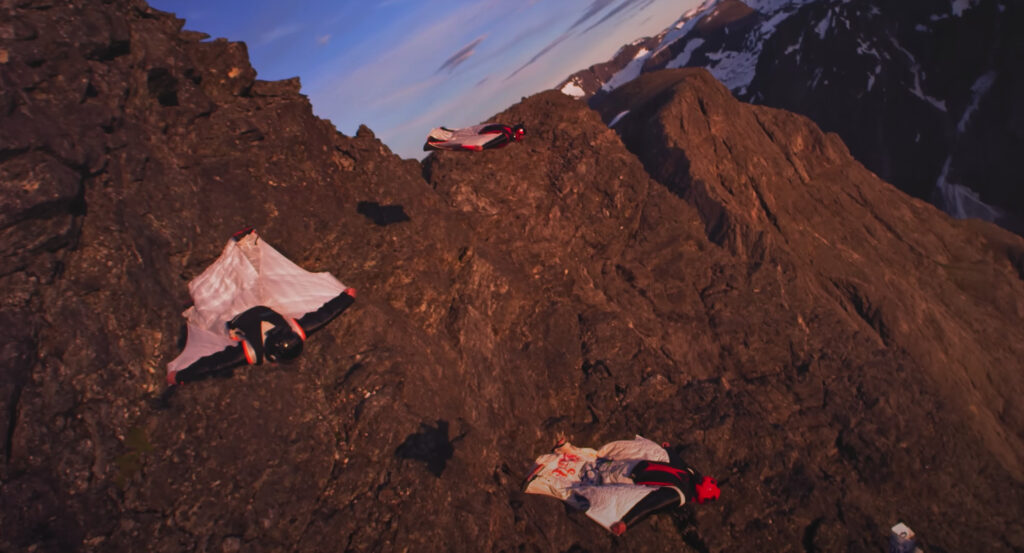
Video • BASE editorial team • Oct 17, 2022
Take a flight with the world’s most daring Wingsuit Pilots
This could be the best wingsuit film ever
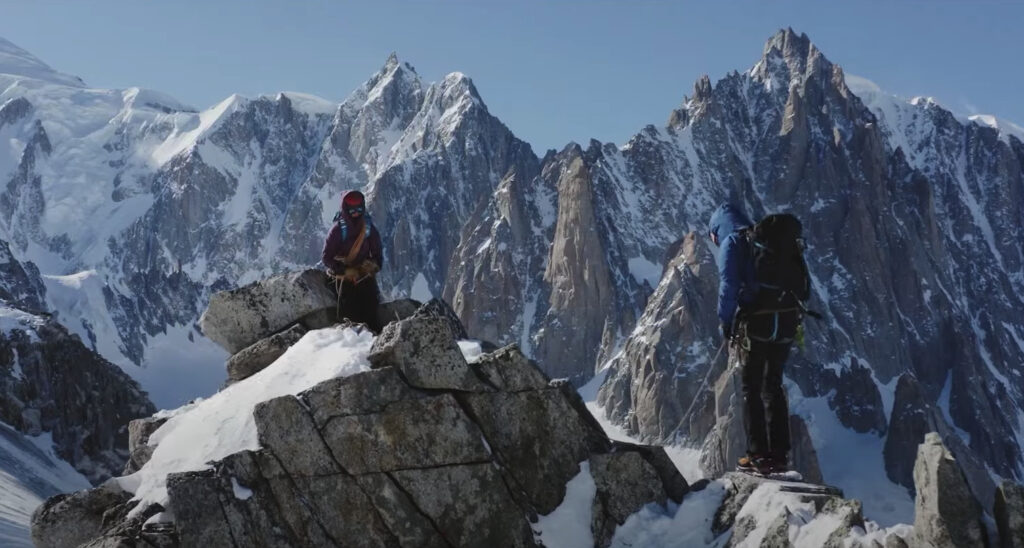
Video • BASE editorial team • Jul 11, 2022
Cold Night, First Light
A story of trust, honesty, resilience and fellowship
